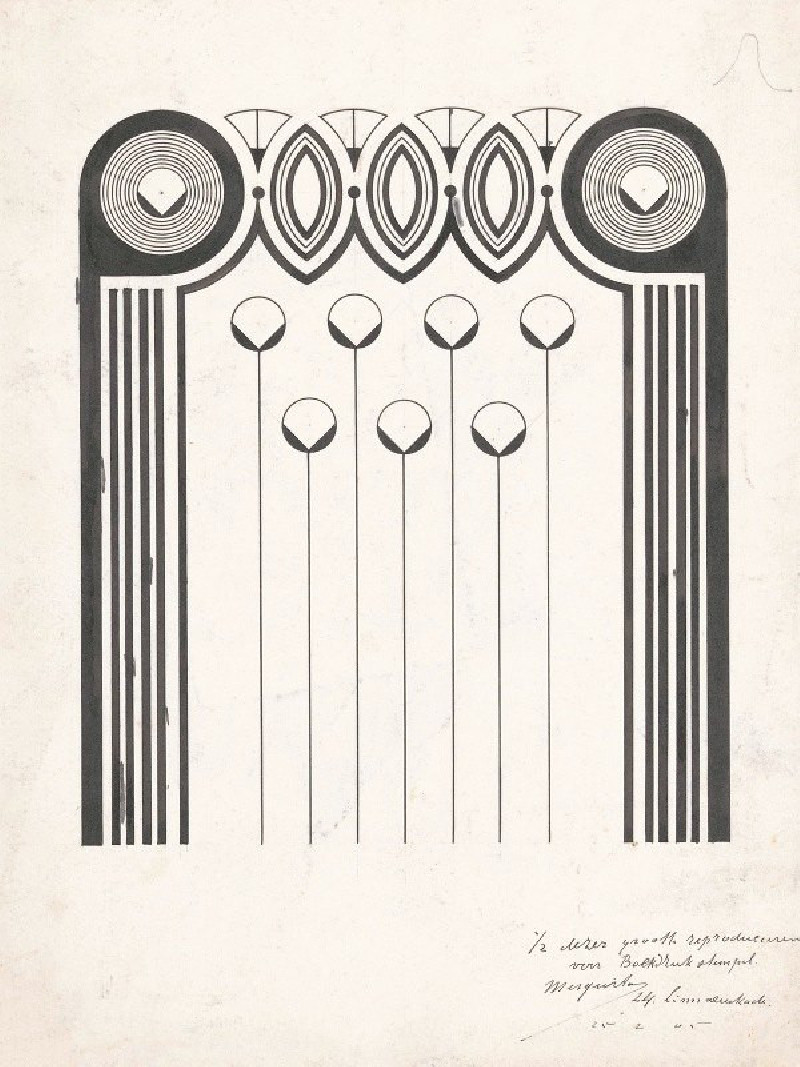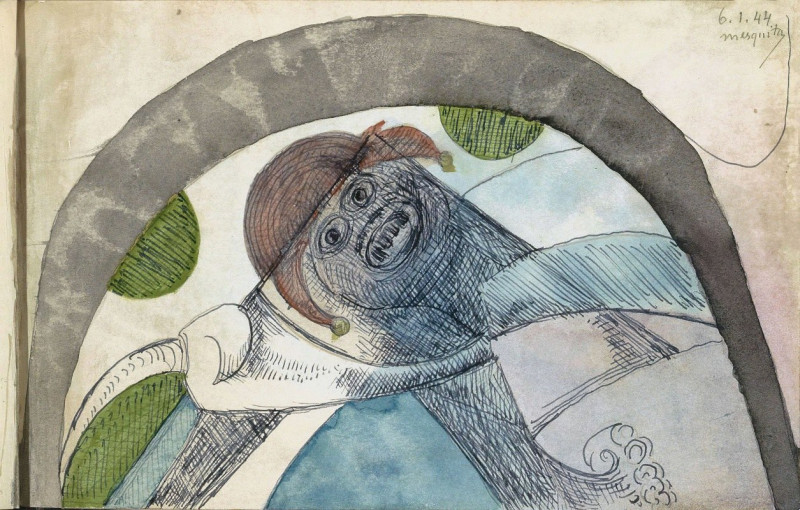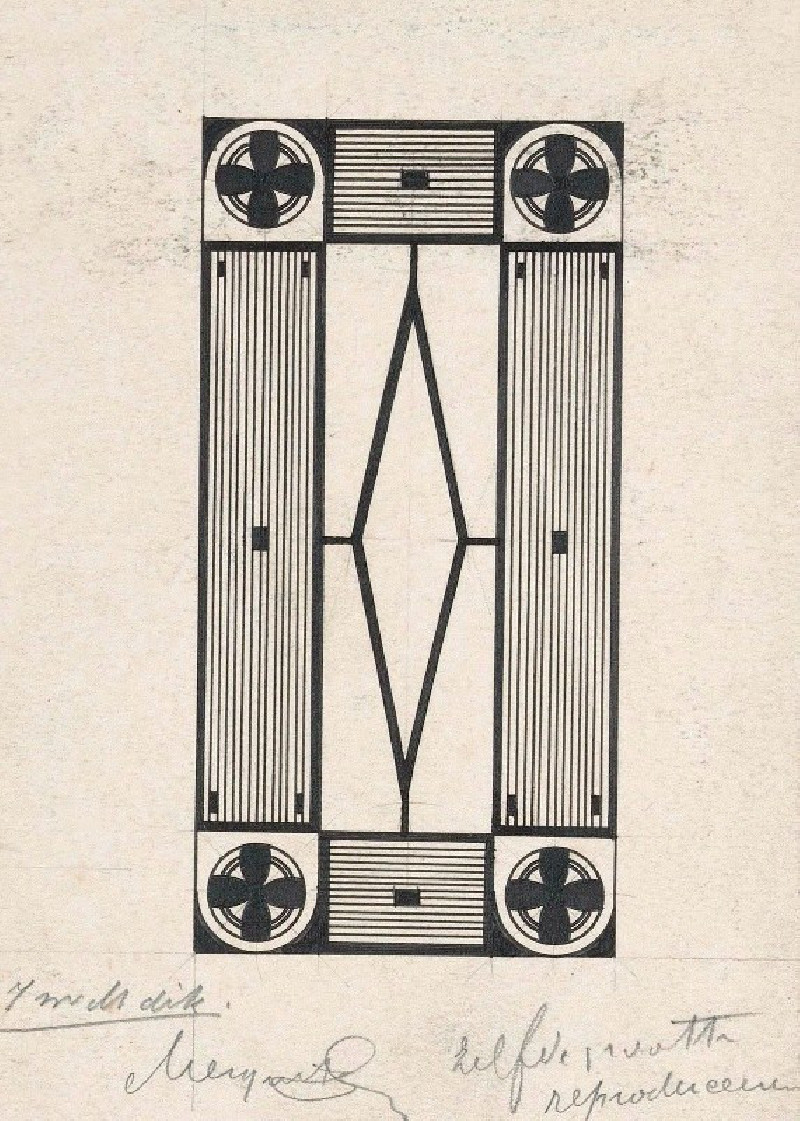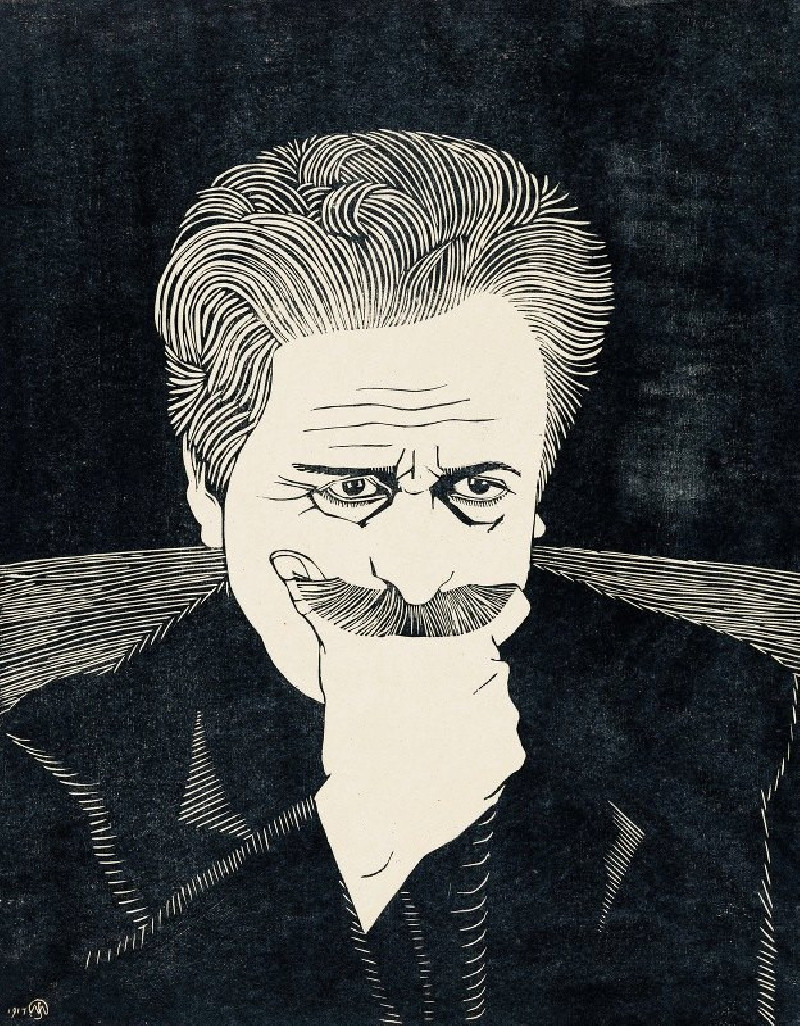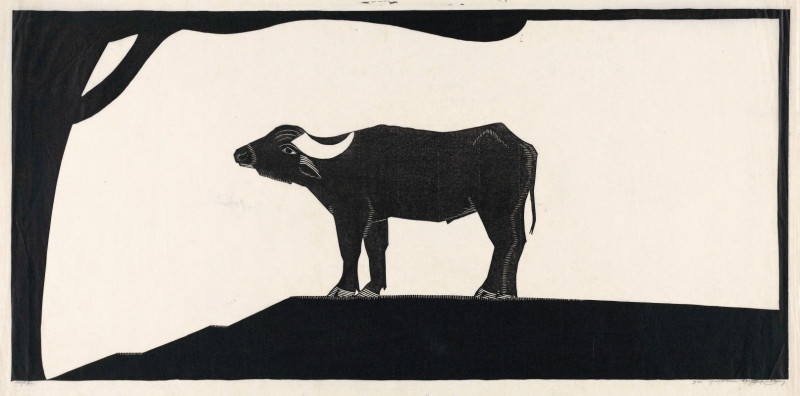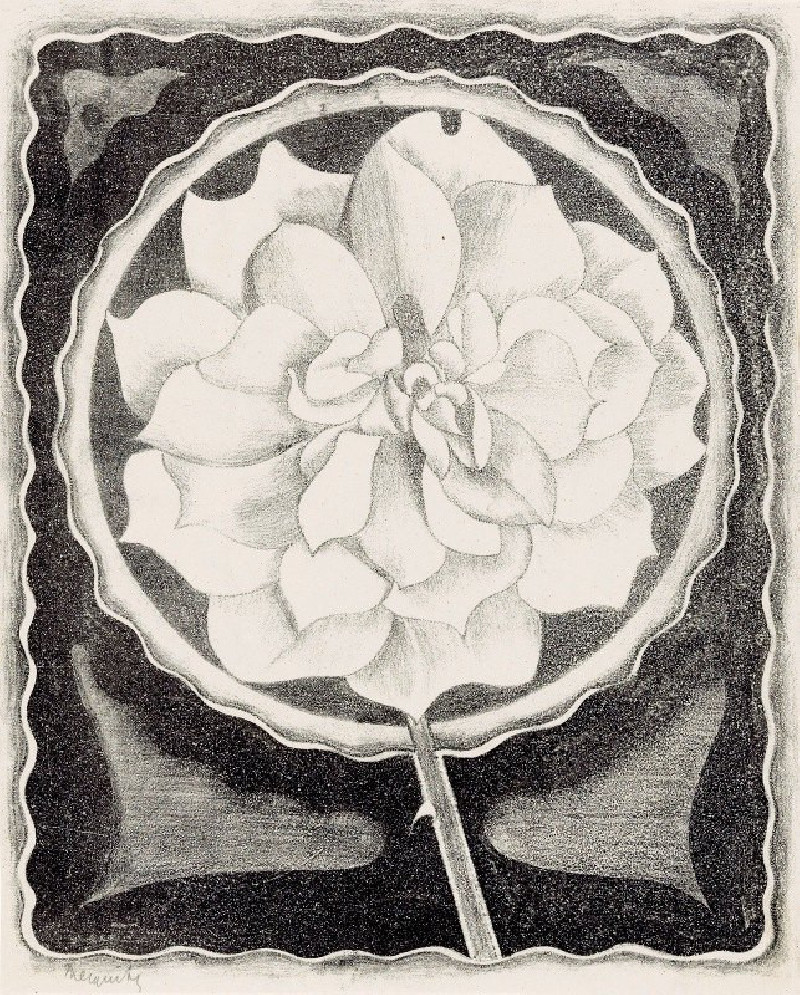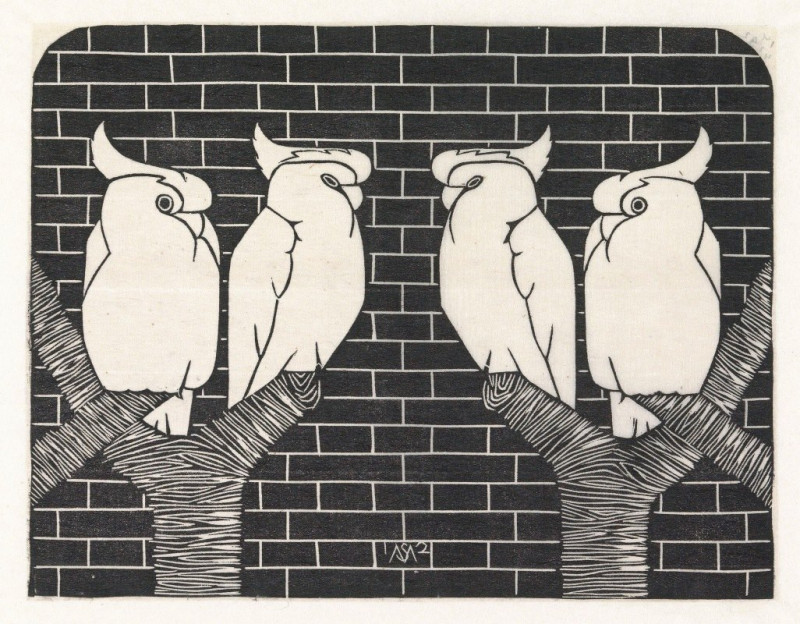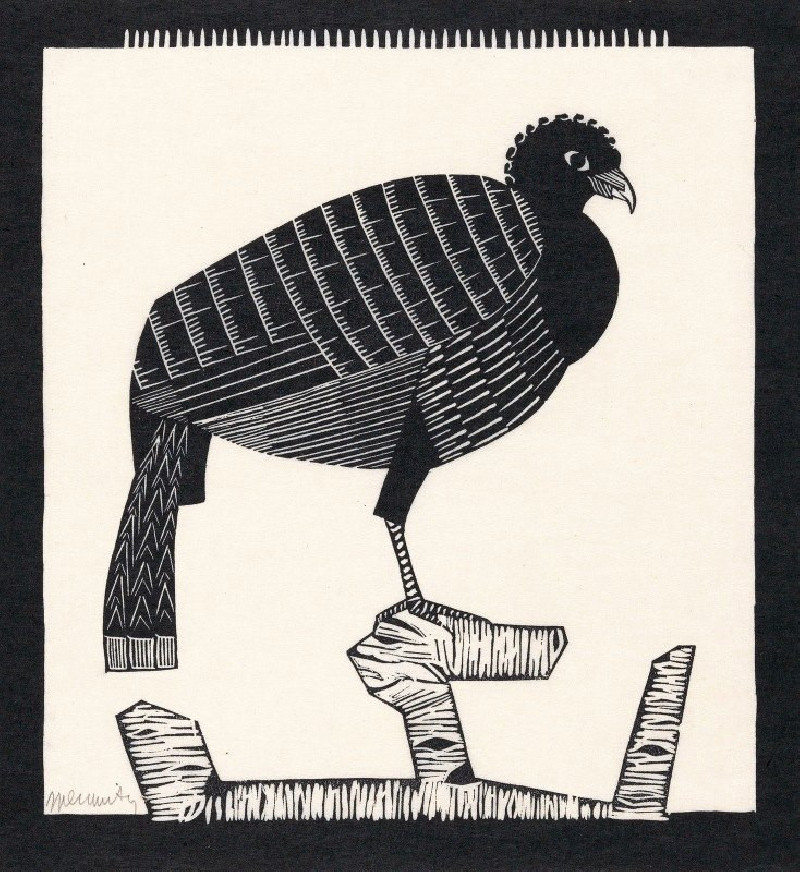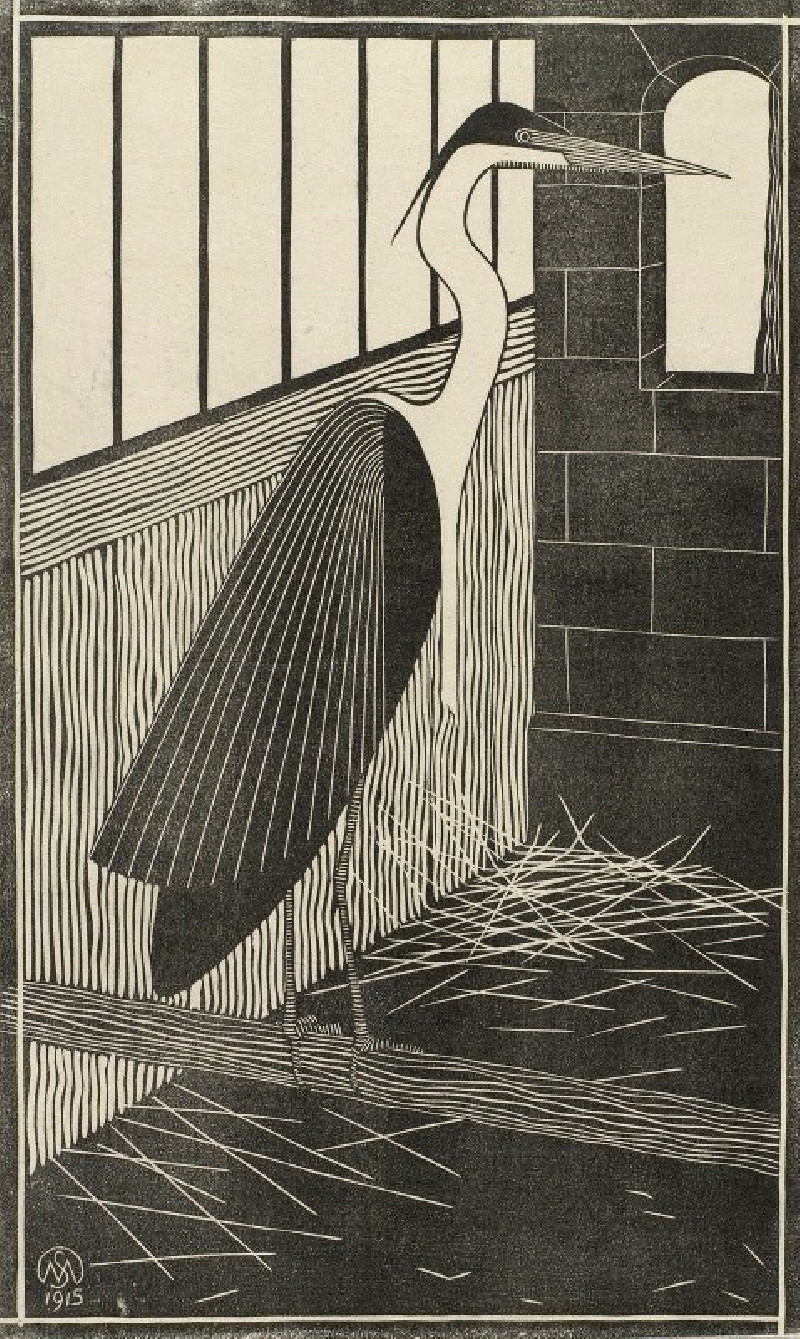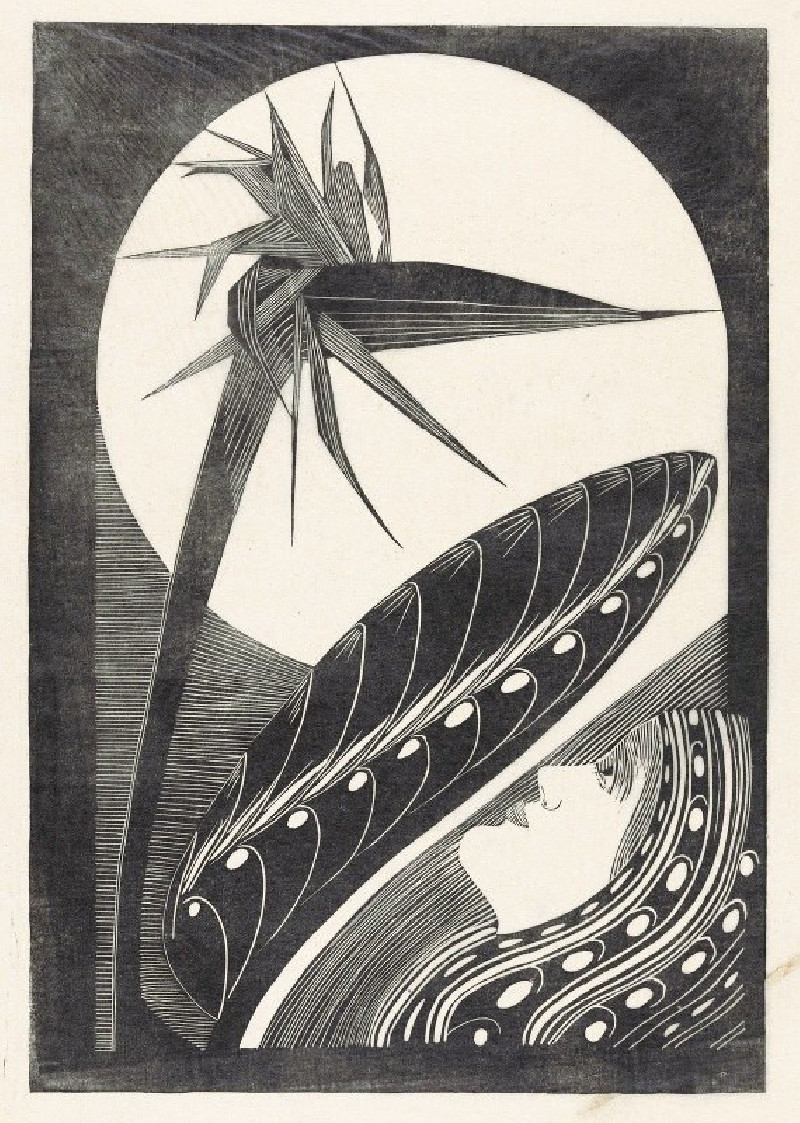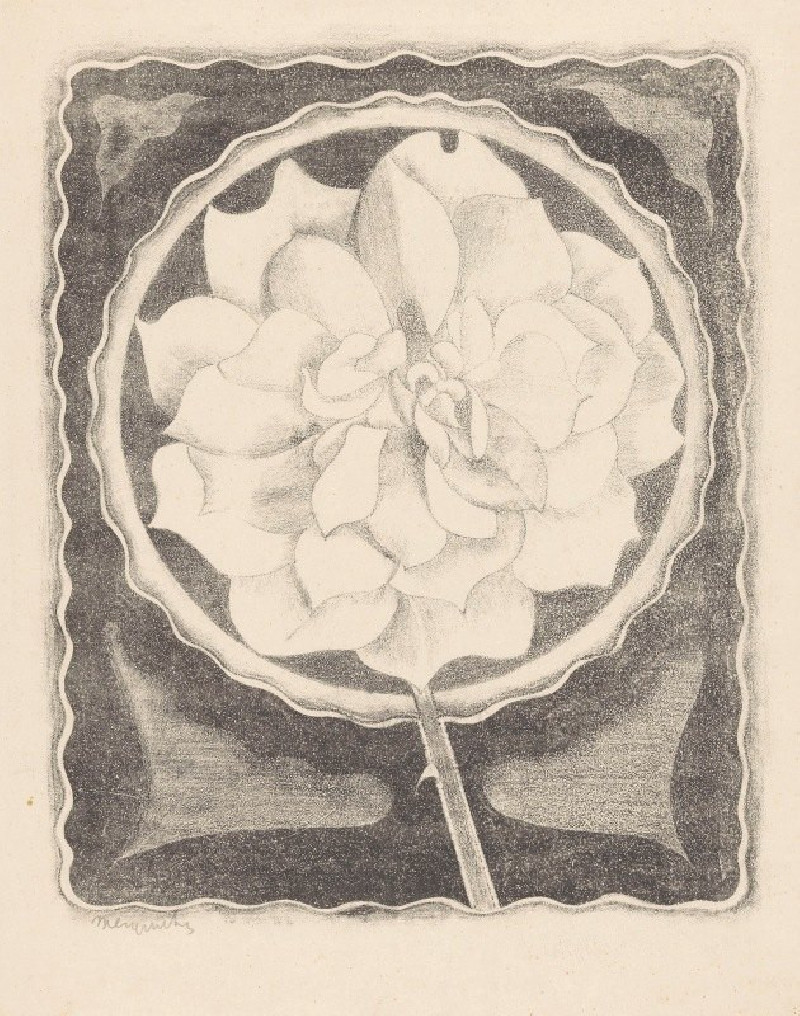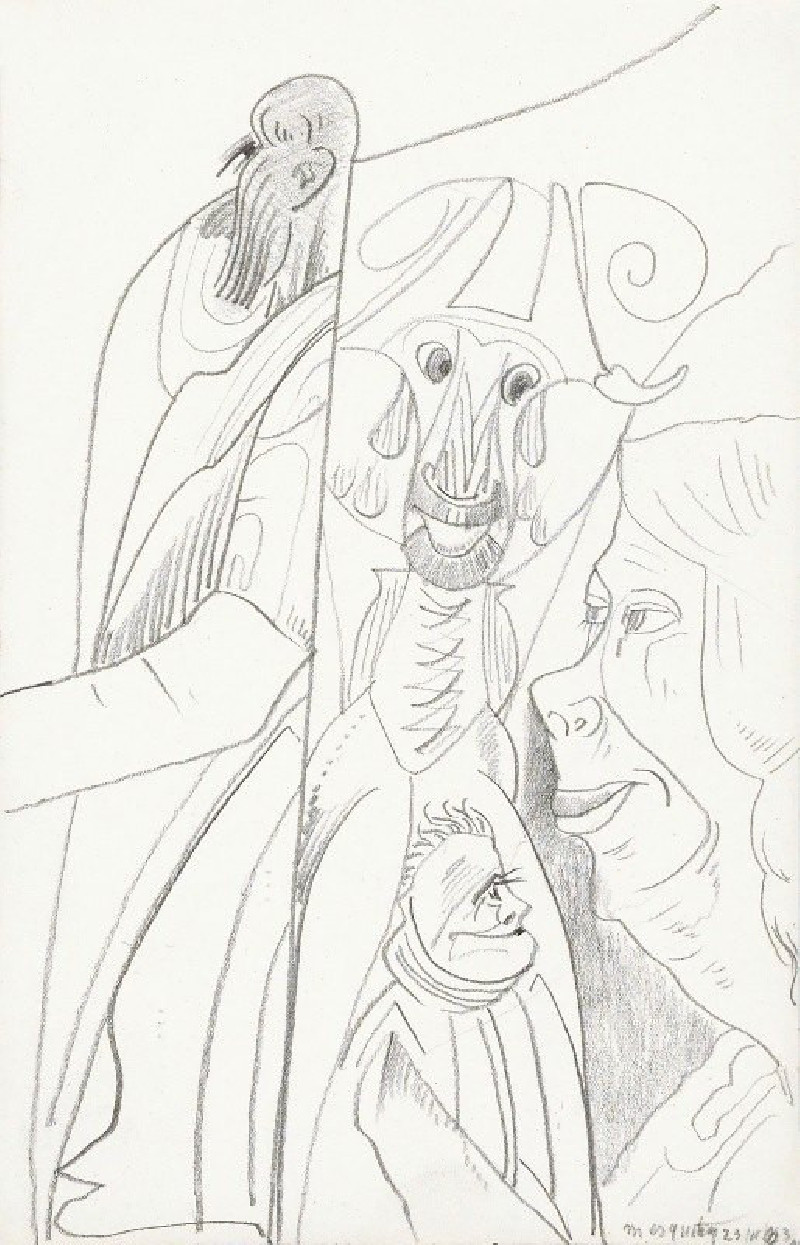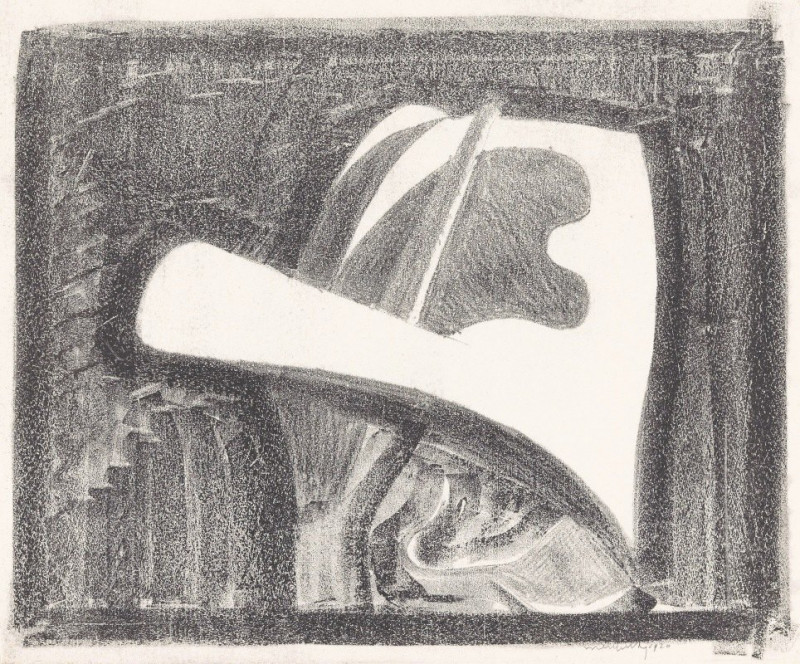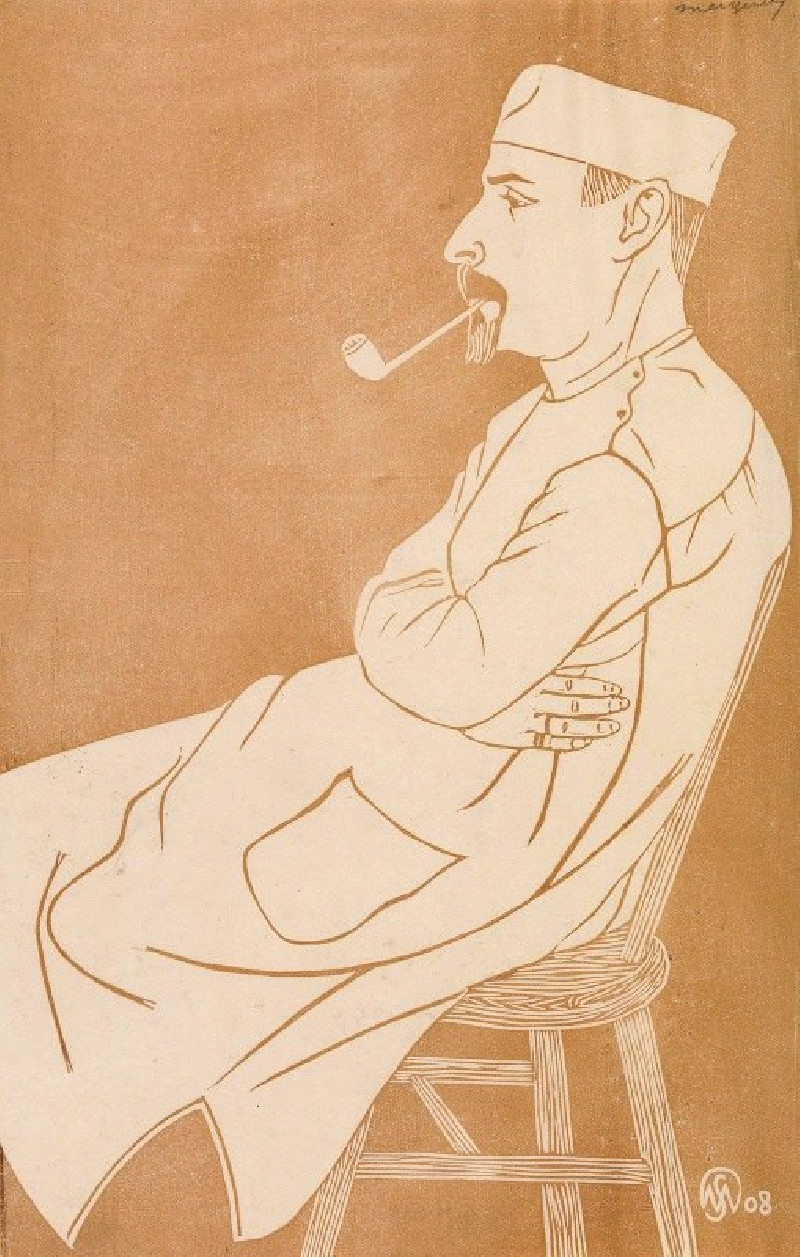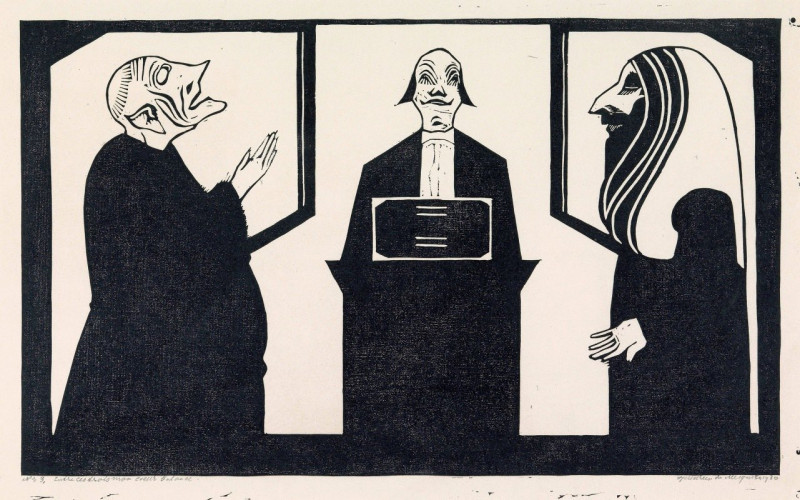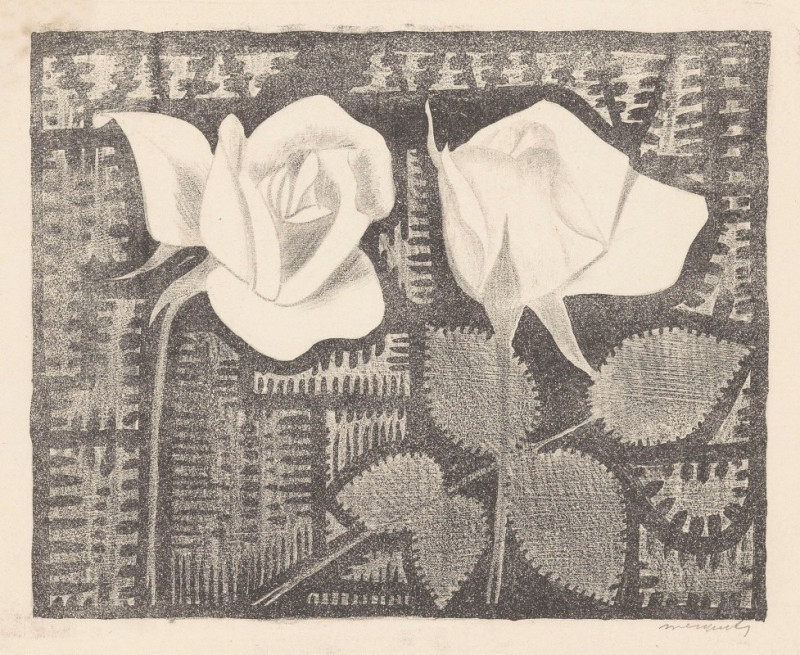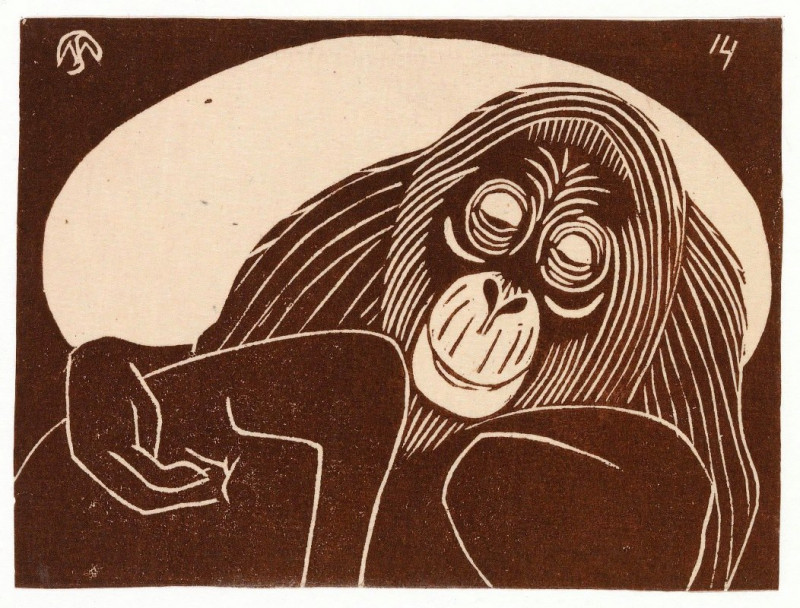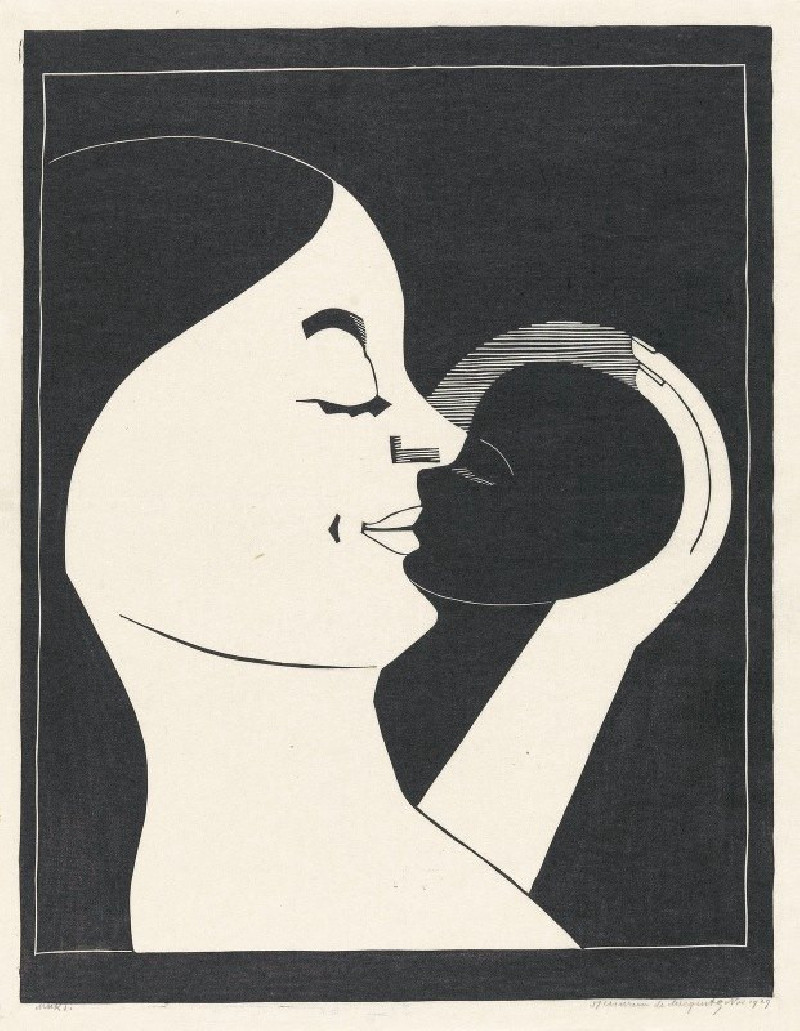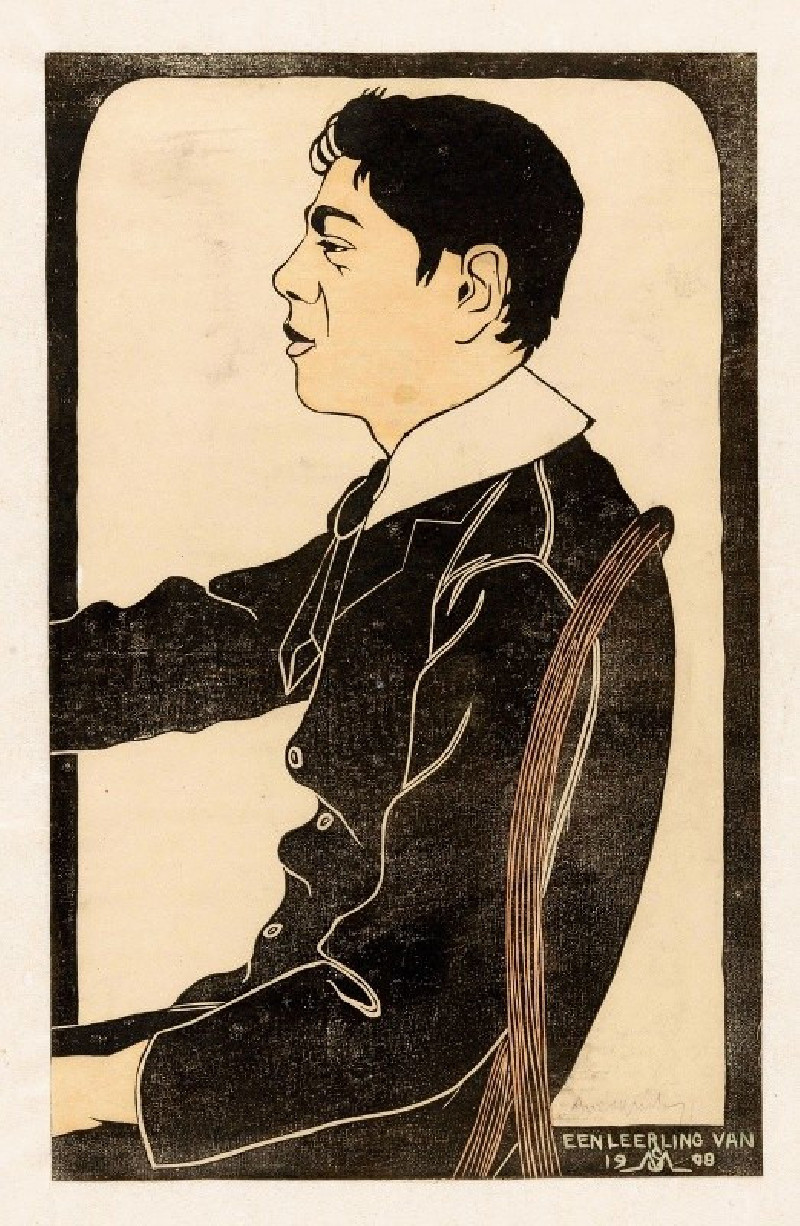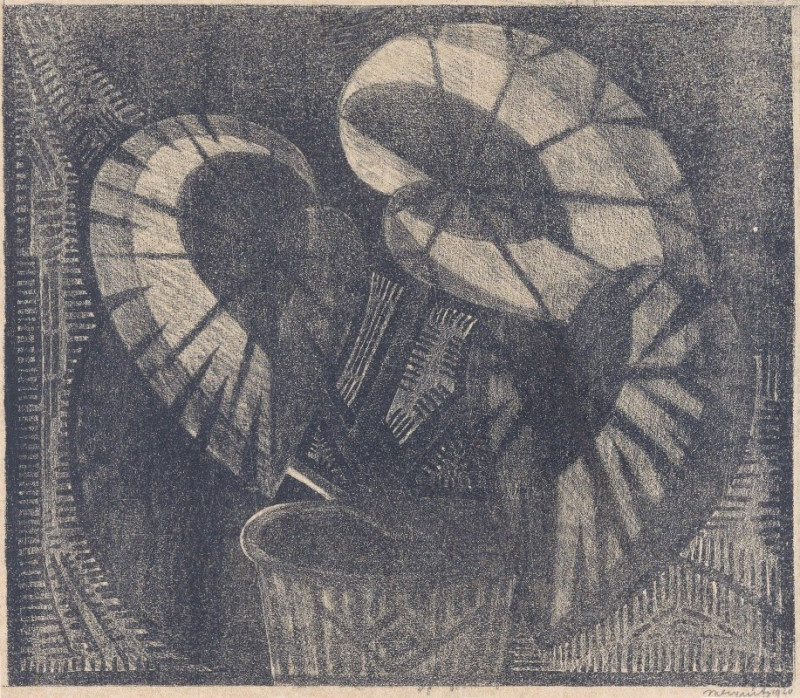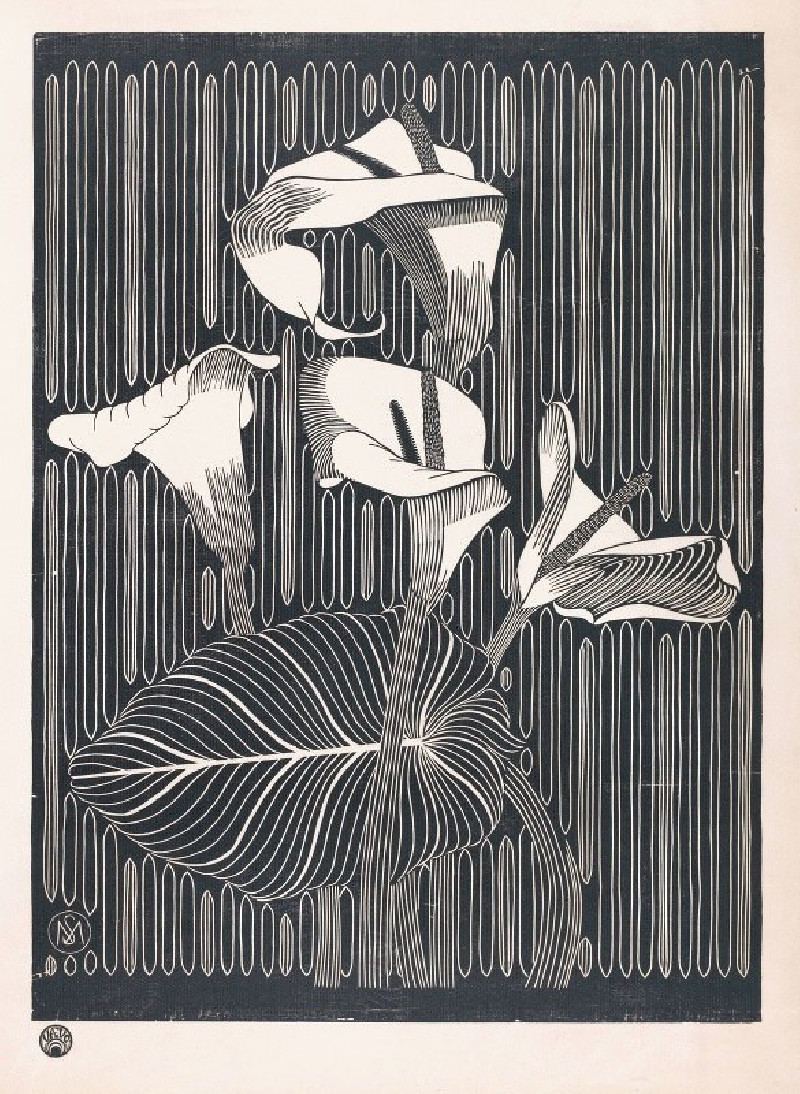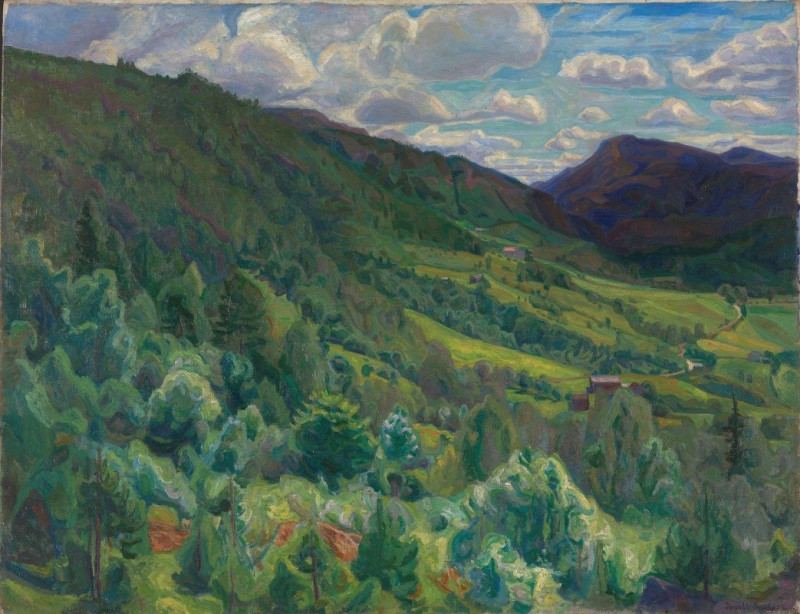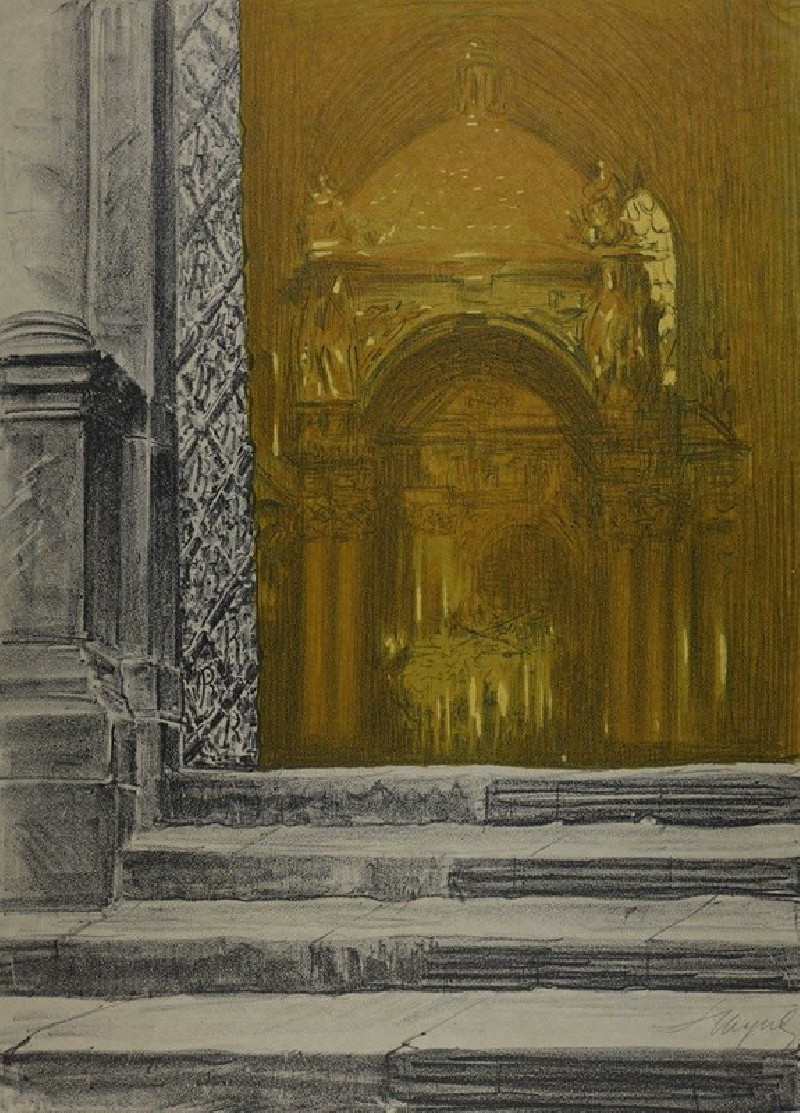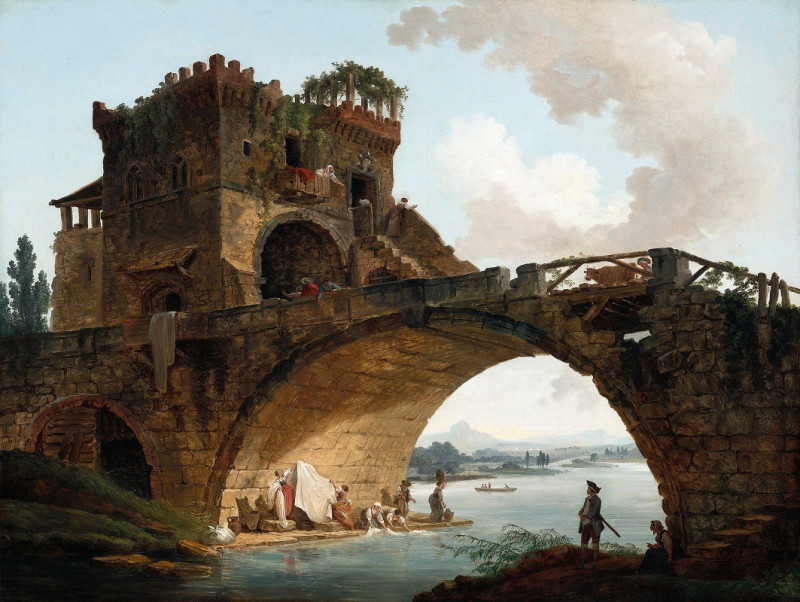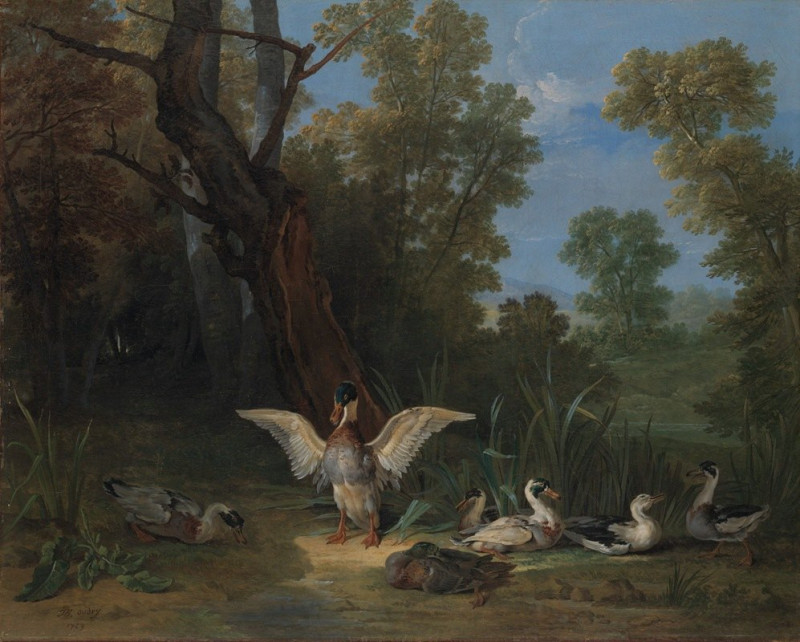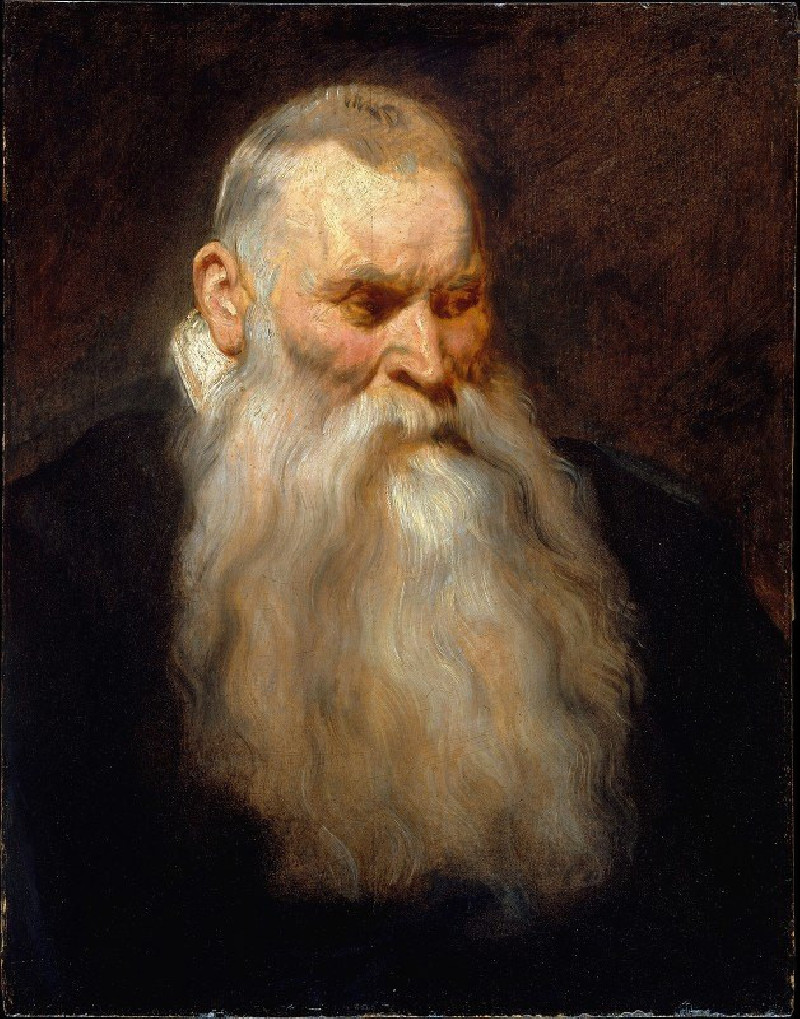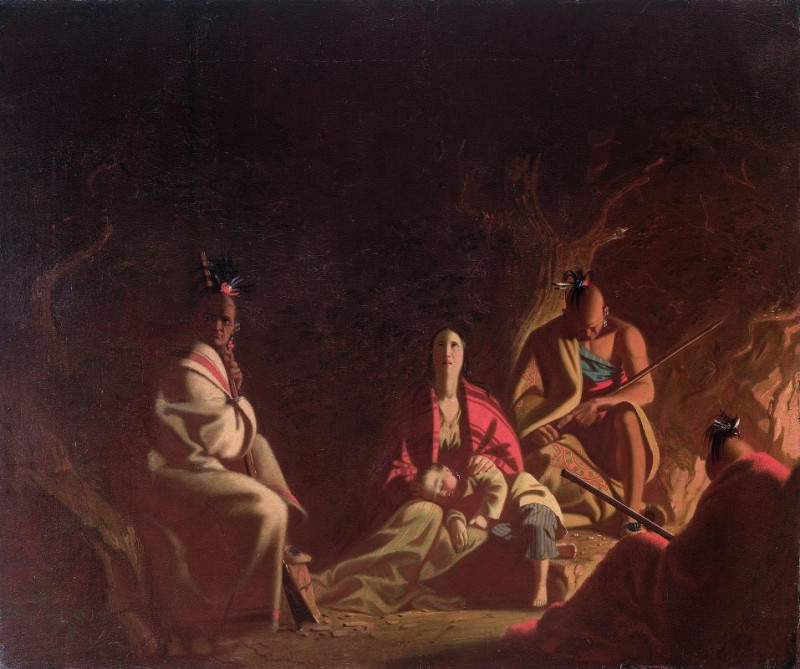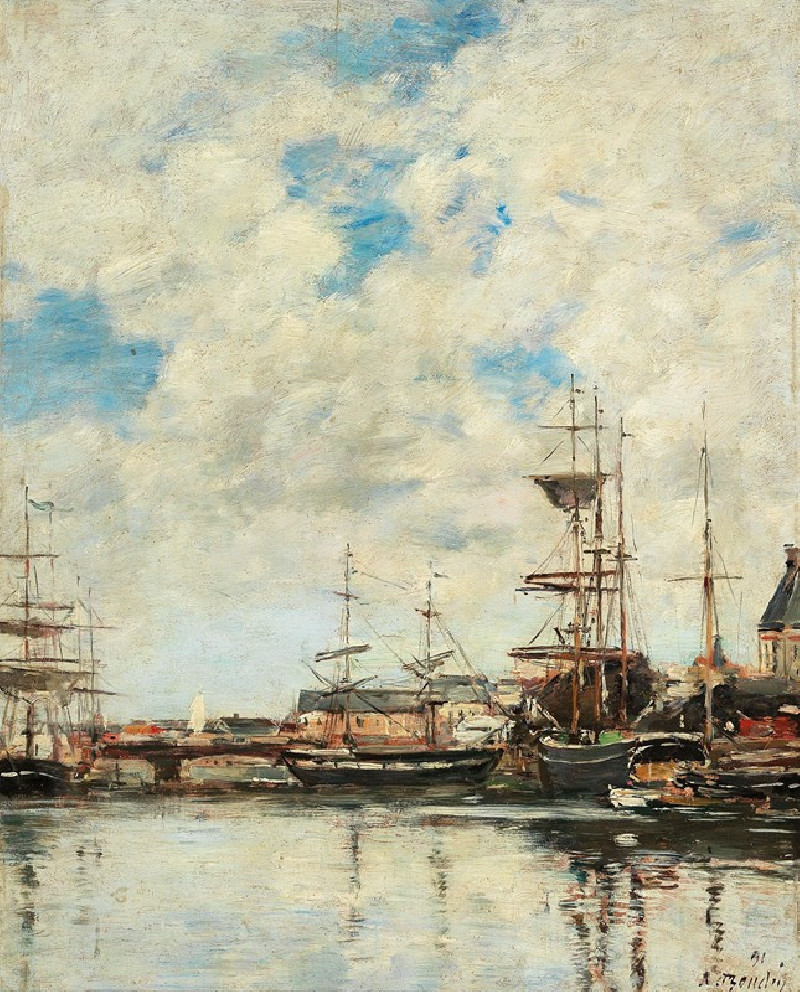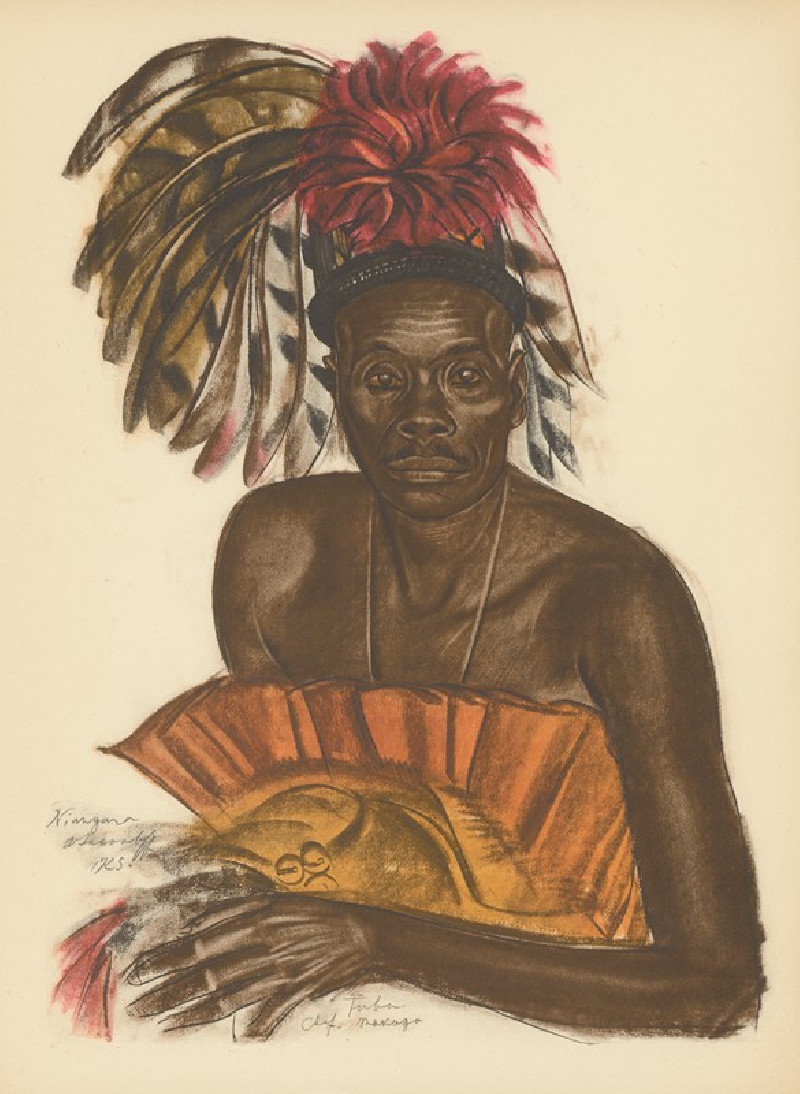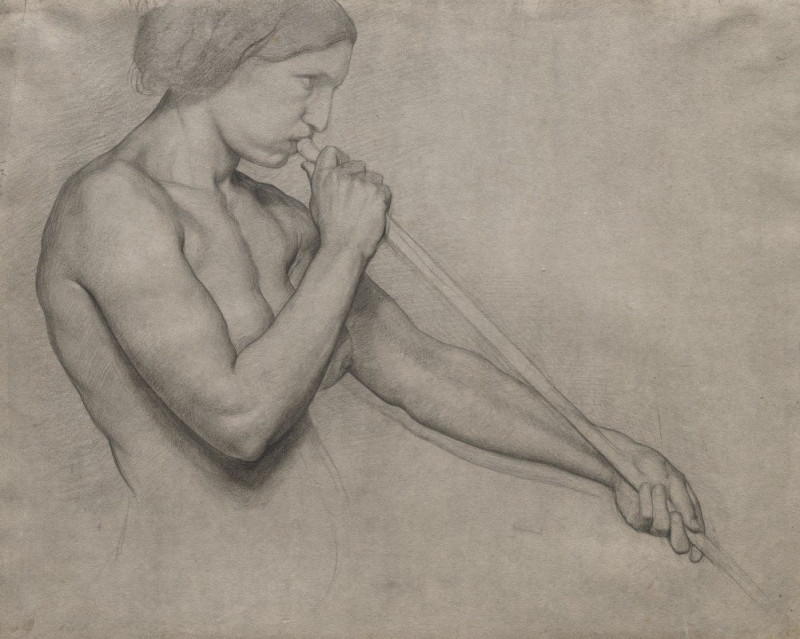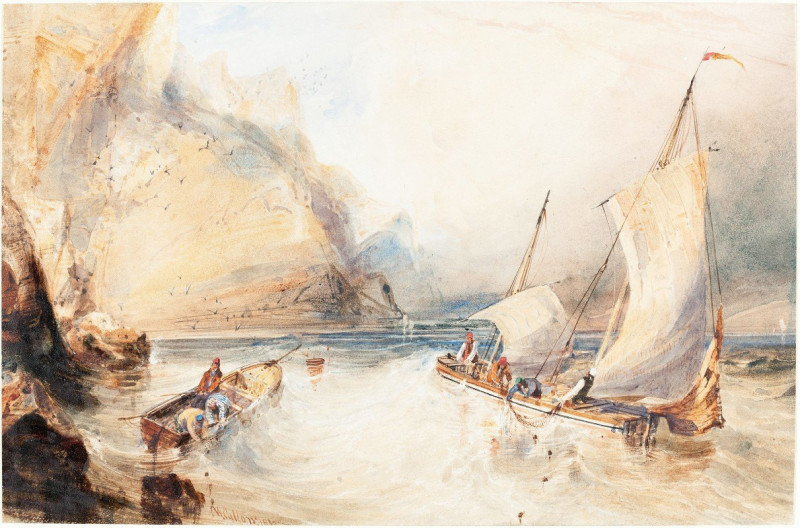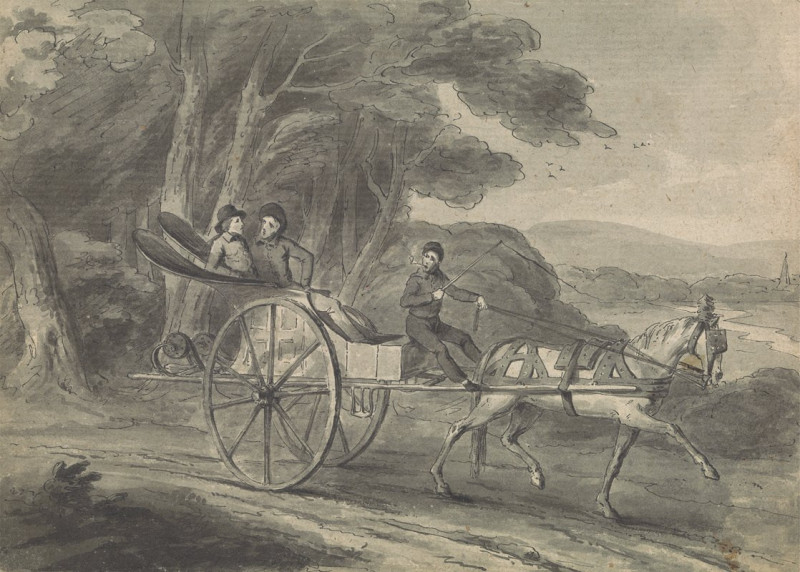Ornamentale boekdrukstempel voor een boekband (1878)
Technique: Giclée quality print
Recommended by our customers
More about this artwork
"Ornamentale boekdrukstempel voor een boekband" (1878) by Samuel Jessurun de Mesquita, presents a striking example of artistic ingenuity and precision in book design. This exquisitely detailed artwork is a stamp design for a book cover which encapsulates the elegance of Dutch decorative arts in the late 19th century. The artwork features a symmetrical composition with a strong vertical orientation, echoed in the tall, slender pillars that dominate the piece.The top of the stamp introduces an arch-like form where concentric circles and teardrop motifs blend seamlessly to create an architectural feel, reminiscent of Art Nouveau styles. Below, delicate stems hold aloft stylized bud-like forms, suggesting a fusion of natural and geometric themes.Carefully balanced, the design showcases Mesquita’s mastery in handling both form and negative space, creating a design that is not only visually appealing but also highly functional for imprinting on book covers.
Delivery
Returns
Samuel Jessurun de Mesquita was a Dutch graphic artist active in the years before the Second World War. His pupils included graphic artist M. C. Escher (1898–1972). A Sephardic Jew, in his old age he was sent to Auschwitz by the Nazis, where he was gassed along with his wife. After the war, de Mesquita was largely forgotten.

